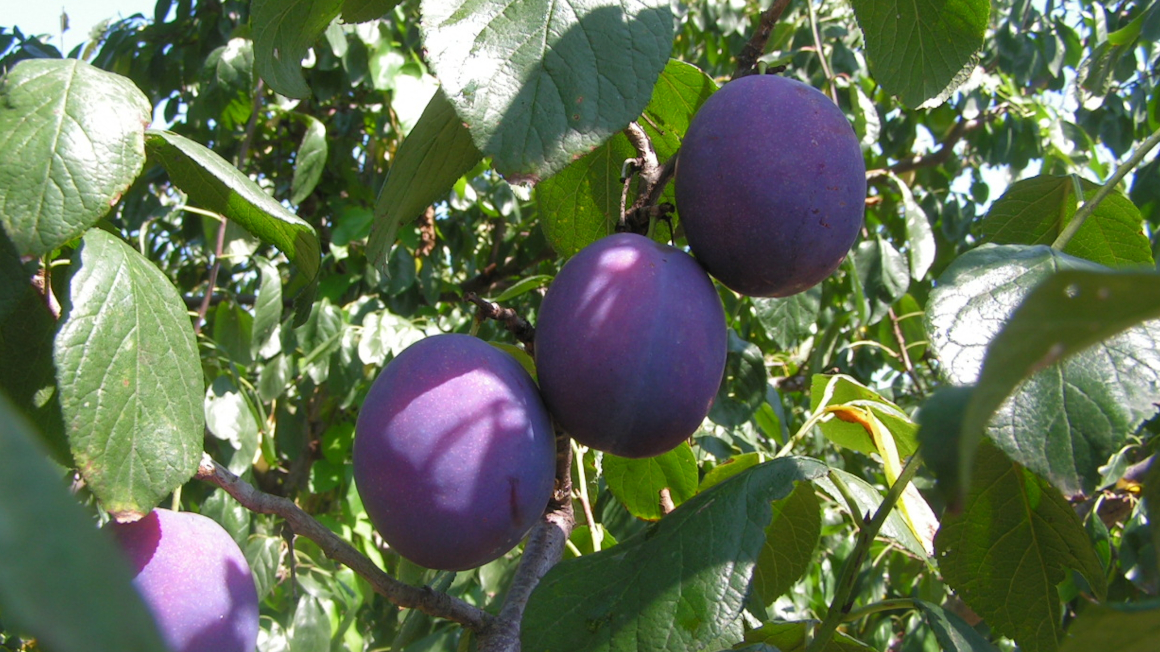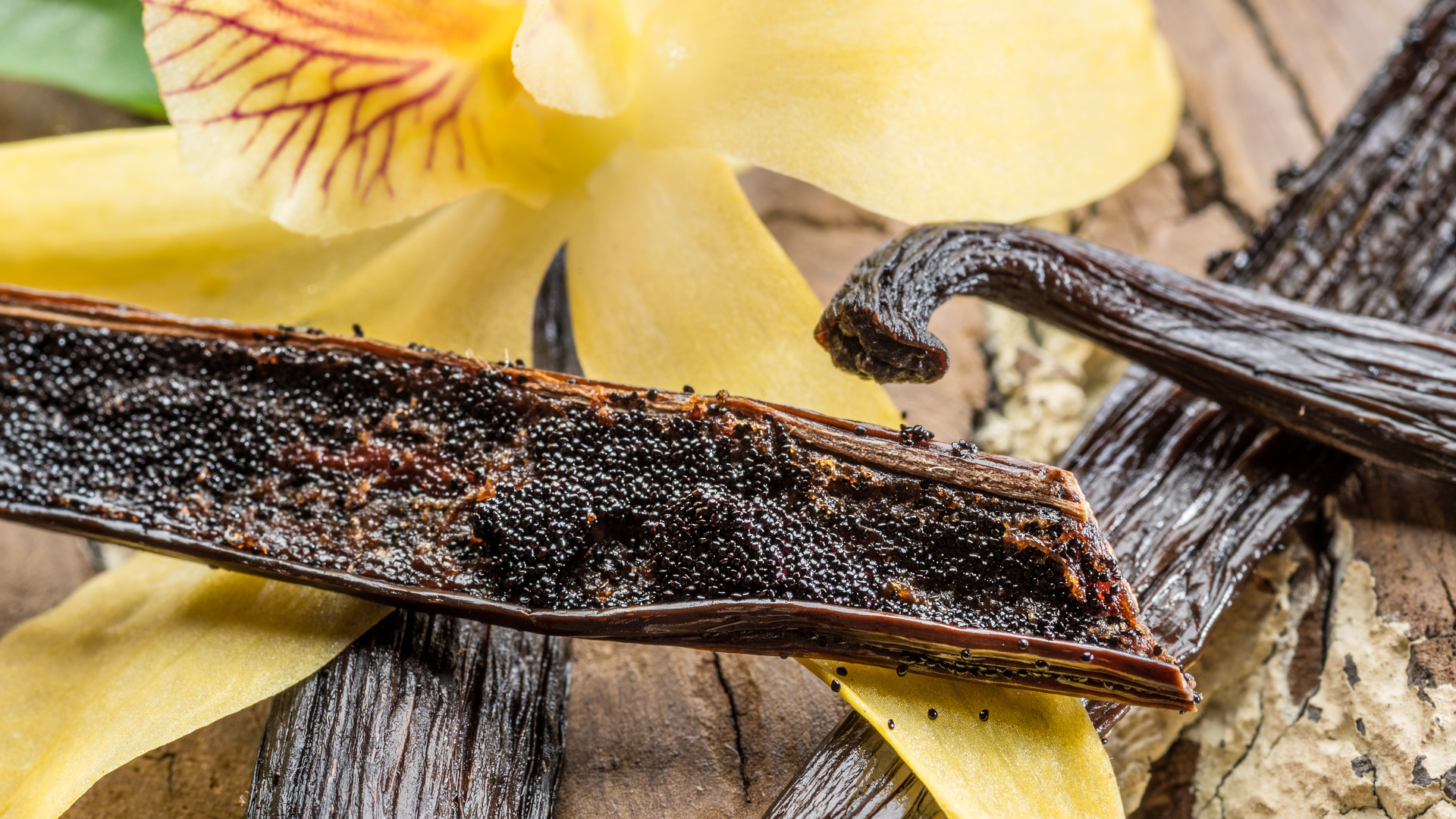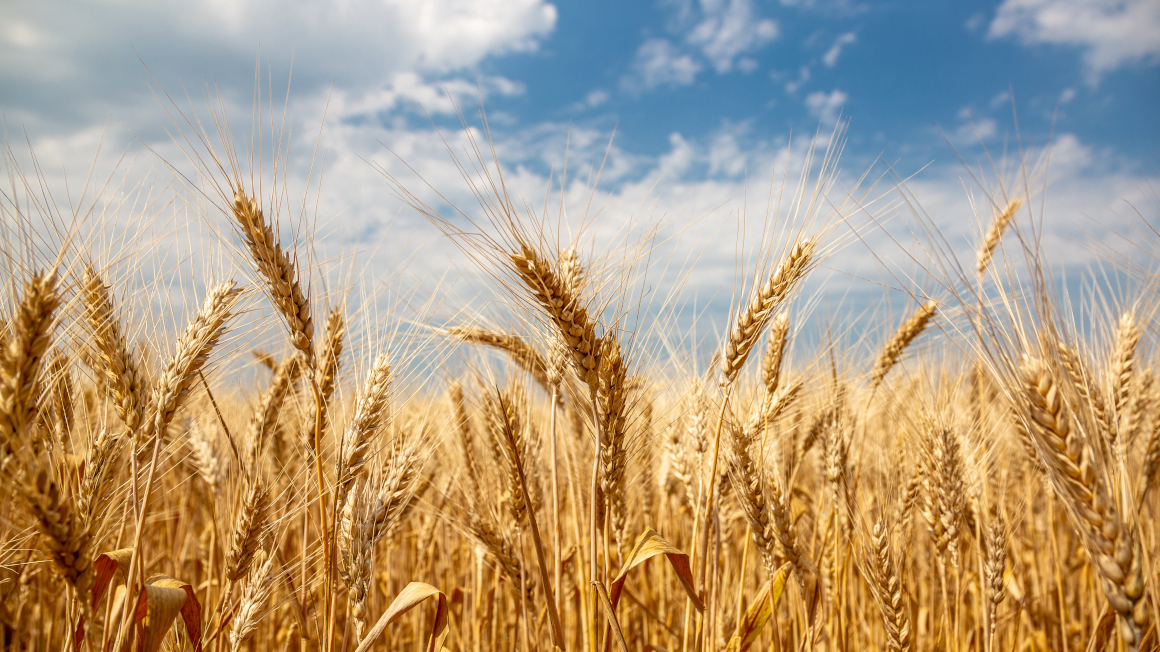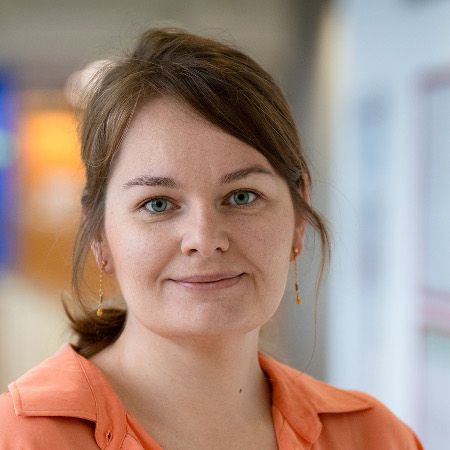New bacterial natural substances discovered
By analysing the genetic material of the plant pathogen Pseudomonas syringae, researchers in Jena have identified two new families of natural substances that could be of interest for agriculture and pharmaceutical research.

Pseudomonas syringae is a bacterium that causes various plant diseases and damages agriculture by infecting crops. Like other microorganisms, the bacterium is also able to produce a variety of biologically active natural substances. A study by the Leibniz Institute for Natural Product Research and Infection Biology - Hans Knöll Institute (Leibniz-HKI) and the Friedrich Schiller University Jena found that these natural products are apparently decisive for the bacterium's ability to adapt extremely well to environmental conditions and to displace competitors.
Gene clusters for natural product synthesis identified
The researchers examined 18 representative strains of the bacterial species and analysed their genetic potential to produce natural products using state-of-the-art bioinformatics methods. As a result, they were able to identify 231 so-called biosynthetic gene clusters, enzyme-coding genes that are responsible for the synthesis of natural products in the bacterium. Nonribosomal peptide synthetases (NRPS) occurred particularly frequently. They ensure that Pseudomonas syringae can displace competitors and adapt to the environment.
New natural substances for agriculture and pharmaceutical research
The team also identified two new families of natural substances produced by the bacterium: Syrilipamides and secimides. As the researchers write in the journal Angewandte Chemie, these are molecules that exhibit remarkable toxicity towards competing microorganisms - especially fungi and amoebae. Due to this effect, the new natural substances could be used specifically for the protection of plants or in the development of new bioactive substances, for example.
The team also discovered a previously unknown enzyme that could be of interest not only for agriculture but also for pharmaceutical research. The protein molecule called SecA could be used to develop new antibiotics and cancer therapies, for example.
bb


